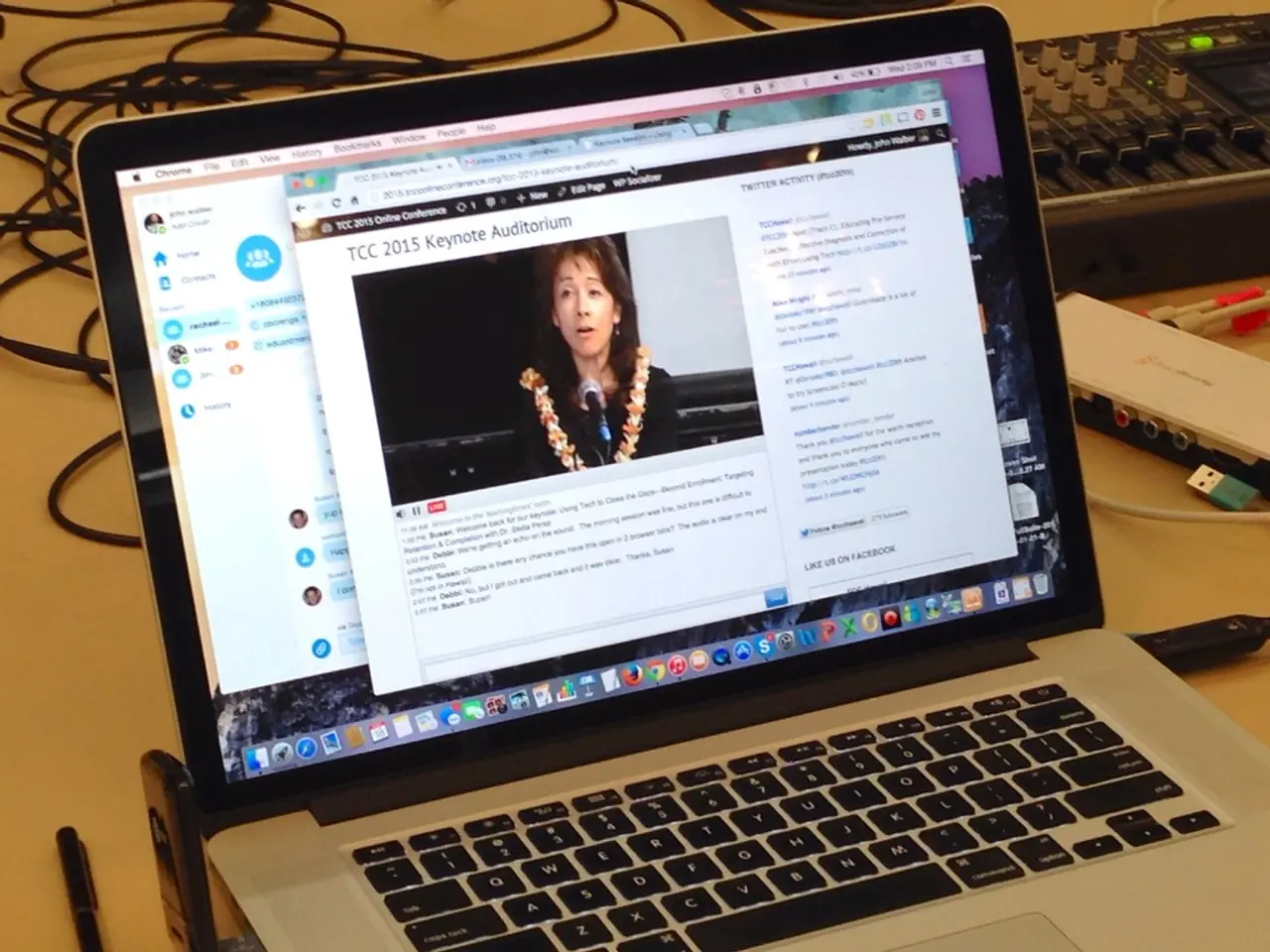Streamlining Task Beginnings: Enhancing Efficiency by Optimal Task Arrangement
In the hustle and bustle of modern life, productivity often seems elusive. But fear not, for a simple yet powerful strategy can help combat procrastination and increase efficiency – chunking.
Chunking, a concept rooted in cognitive psychology, was first proposed by George A. Miller in the 1950s. He suggested that the capacity of short-term memory is limited to about five to nine chunks of information. By breaking larger tasks or information into smaller, more manageable units, or 'chunks', we can reduce cognitive load and make tasks feel less overwhelming.
This strategy has far-reaching benefits. Research shows that chunking allows better task performance by enabling faster responses to smaller sections of a larger task compared to tackling it as a single whole [1]. By grouping related elements into meaningful units, chunking improves memory integration and retrieval, leveraging long-term memory structures to support working memory operations [1][2].
For instance, recalling an acronym or a familiar chunk reduces cognitive effort, making it easier to start and continue tasks. Psychological models like the working memory model describe that chunking aids the central executive function's management of information by encoding task-level goals into episodic chunks, which helps in evaluating and binding new information effectively for ongoing task performance [2][5].
Moreover, experimental evidence including pupillometric investigations suggests that perceptual chunking facilitates predictive processing, which further supports enhanced task performance [4].
Chunking can be applied in various scenarios. For task initiation, break down tasks into smaller, actionable items, such as brainstorming ideas, researching, and creating an outline. This approach streamlines the learning and problem-solving process, making it easier to start tasks.
The Pomodoro Technique, a time management method, involves working in focused bursts of 25 minutes followed by a 5-minute break. By limiting the number of choices you face at once and breaking down tasks into manageable segments, you can reduce decision fatigue and allow for focused effort.
Keeping a list of completed tasks can help visualize progress and foster motivation to continue tackling tasks. Develop a routine that incorporates regular breaks and reflection to assess how you feel about your workload.
Incorporating chunking strategies can transform daily tasks, prioritizing effectively, reducing procrastination, and improving efficiency. Employing these techniques in conjunction with other time management strategies, such as the Pomodoro Technique or the Eisenhower Matrix, can help hit peak performance and reduce overwhelm on busy days.
So, the next time you find yourself grappling with a daunting task, remember to break it down into smaller, manageable chunks. With this simple strategy, you'll find that tasks become less overwhelming, and productivity soars.
[1] Munro, M. J., & Henry, M. (2008). The psychology of learning and instruction: A cognitive perspective. Routledge. [2] Baddeley, A. D. (2007). Working memory: Looking back and looking forward. Trends in cognitive sciences, 11(3), 101-106. [3] Miller, G. A. (1956). The magical number seven, plus or minus two: Some limits on our capacity for processing information. The psychology of learning and motivation, 2(89), 81-97. [4] Oberauer, K., & Lewandowsky, S. (2013). Perceptual chunking: What the eyes don't see, the brain can't process. Trends in cognitive sciences, 17(11), 596-603. [5] Baddeley, A. D., & Hitch, G. J. (1974). Working memory. In H. H. Goldstein (Ed.), The psychology of learning and motivation: Advances in research and theory (Vol. 2, pp. 47-89). Academic Press.
- Prioritization and productivity can significantly improve with the strategy of chunking, a concept in cognitive psychology that advocates breaking larger tasks into smaller, manageable units.
- Time management benefits from chunking, as it facilitates faster responses, better memory integration, and enhanced working memory operations, reducing cognitive load.
- Women, students, and professionals can reap the benefits of chunking for productivity, as it can streamline the learning and problem-solving process, making tasks less overwhelming.
- Education-and-self-development resources suggest that support for personal-growth comes from incorporating chunking strategies, along with time management techniques like the Pomodoro Technique, for increased focus and productivity.
- Attention and organization are crucial for successful chunking, as grouping related elements into meaningful units can improve memory integration and retrieval.
- With chunking, tasks become less daunting, enabling focus, and thereby contributing to personal-growth and increased productivity in modern life.




